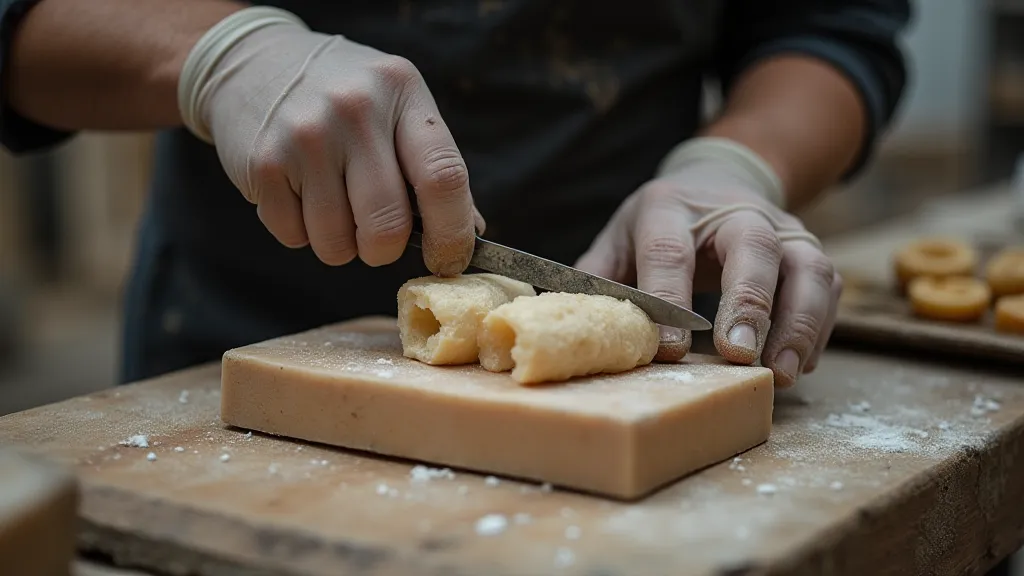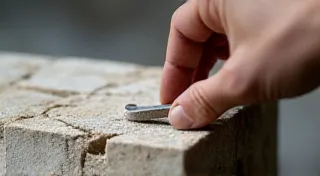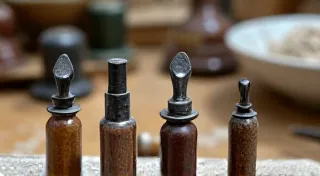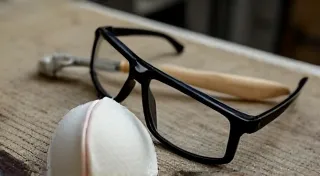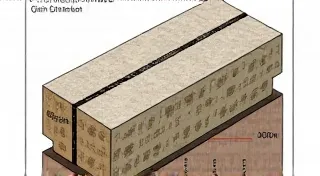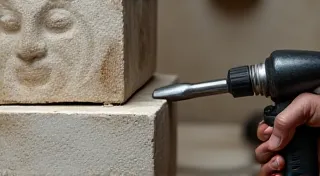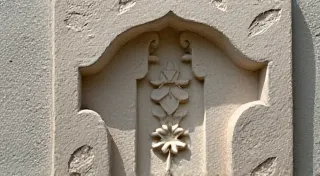Sculpting with Soapstone: A Gentle Introduction
Soapstone, also known as steatite, is a wonderfully accessible stone for aspiring sculptors. Its soft consistency and gentle feel make it an ideal starting point for anyone eager to explore the art of stone carving. This guide will introduce you to the unique qualities of soapstone and provide a beginner-friendly overview of how to carve it, empowering you to create beautiful sculptures and decorative pieces.
What is Soapstone?
Soapstone gets its name from its soapy feel, a result of its high talc content. It's a metamorphic rock formed from the alteration of original rock, and it’s found in various colors, including shades of gray, green, brown, pink, and even blue. The color is typically due to the presence of minerals like chlorite (green), hematite (red/brown), and dolomite (gray/white). Unlike harder stones like granite or marble, soapstone is relatively soft, typically ranging from a 1 to 3 on the Mohs hardness scale, making it easier to carve with hand tools.
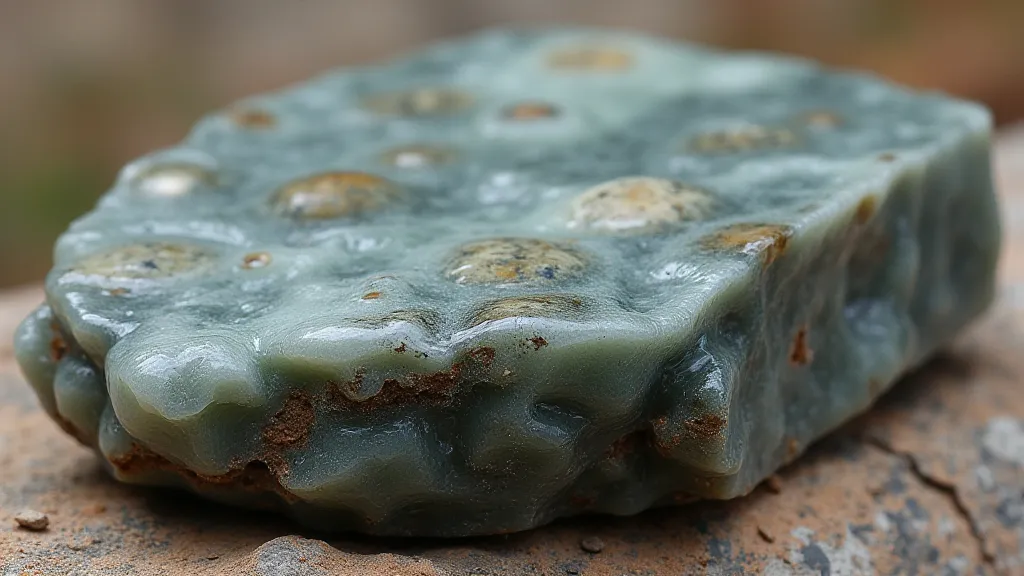
Why Choose Soapstone for Beginners?
- Easy to Carve: Its softness requires less force and specialized tools compared to harder stones.
- Forgiving: Minor errors are easier to correct.
- Beautiful Colors: Soapstone's natural colors create visually appealing sculptures without the need for extensive painting or finishing.
- Safe to Handle: Less likely to chip or splinter, reducing the risk of injury.
- Versatile: Suitable for creating a wide range of projects, from small figurines to larger decorative pieces.
Tools You’re Likely to Need
While a full workshop setup isn't necessary to start with soapstone, here's a list of essential tools:
- Safety Glasses: Absolutely crucial to protect your eyes from stone dust.
- Dust Mask or Respirator: Stone carving creates fine dust that can be harmful to your lungs.
- Pencils: For sketching your design onto the stone.
- Measuring Tape or Ruler: For accurate dimensions.
- Carving Knives: A good starting point; look for sets with various shapes and sizes.
- Clay Sculpting Tools: Many clay tools work well for refining details on soapstone.
- Rasps and Files: For removing larger amounts of stone quickly. Double-ended rasps are particularly useful.
- Sandpaper: Various grits, from coarse (80 grit) to very fine (400 grit or higher), for smoothing the surface.
- Leather Glove: To protect your hands.
Getting Started: A Step-by-Step Guide
- Choose Your Stone: Select a piece of soapstone that inspires you. Consider the color and size appropriate for your planned project.
- Sketch Your Design: Lightly sketch your design onto the surface of the soapstone. Remember that soapstone is translucent, so your lines will be visible from both sides.
- Roughing Out: Use a rasp or carving knife to remove the larger excess stone, shaping the basic form of your sculpture. Work slowly and deliberately.
- Refining the Shape: Switch to smaller carving knives or clay sculpting tools to refine the shape and details. Pay attention to proportions and angles.
- Detail Work: Use very small knives or pointed tools to add intricate details. Patience and a steady hand are key here.
- Sanding: Begin with coarse sandpaper (80-120 grit) to remove any remaining tool marks. Gradually work your way up to finer grits (220, 400, 400+), sanding with the grain to create a smooth surface. Wet sanding with water can help prevent the stone from clogging the sandpaper.
- Finishing (Optional): Some soapstone carvers apply a mineral oil or beeswax to enhance the stone's color and provide a subtle sheen.
Tips for Success
- Work in a Well-Ventilated Area: Stone dust can be harmful, so ensure good ventilation.
- Take Breaks: Carving can be tiring. Regular breaks will help prevent fatigue and improve your accuracy.
- Sharpen Your Tools: Sharp tools are safer and more efficient. Learn how to sharpen your carving knives and rasps.
- Don't Be Afraid to Experiment: Try different techniques and tools to discover what works best for you.
- Learn from Your Mistakes: Everyone makes mistakes. View them as opportunities to learn and improve.
- Start Small: Don’t overwhelm yourself. Begin with a small, simple project.
Soapstone Project Ideas for Beginners
- Small Animal Figurines: A cute owl or a friendly bear.
- Leaf or Flower Sculptures: Simple organic shapes are great for practicing curves and details.
- Abstract Shapes: Experiment with forms and textures.
- Keychains or Pendants: Create personalized jewelry.
- Decorative Bowls or Dishes: Functional and beautiful.
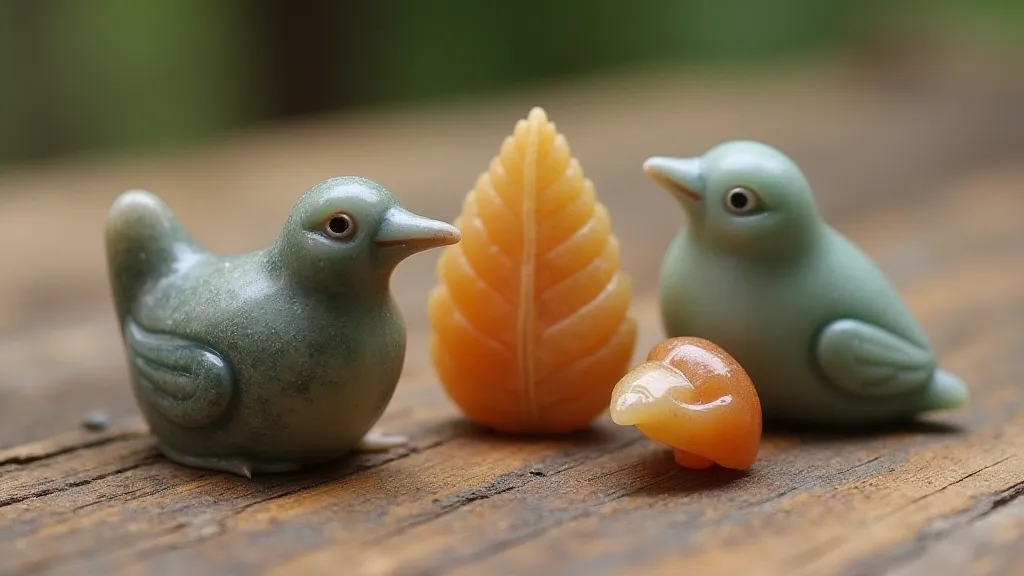
Safety Considerations
- Eye Protection: Always wear safety glasses.
- Respiratory Protection: Use a dust mask or respirator.
- Hand Protection: Consider using gloves to protect your hands.
- Tool Safety: Keep your tools sharp and use them properly.
- Stone Dust Disposal: Dispose of stone dust responsibly.
Conclusion
Sculpting with soapstone is a rewarding and accessible art form. With a few basic tools and a little practice, you can create beautiful and unique pieces. The gentle nature of soapstone makes it an ideal choice for beginners, allowing you to explore your creativity and discover the joy of stone carving. So, gather your tools, choose your stone, and embark on your sculpting journey!
